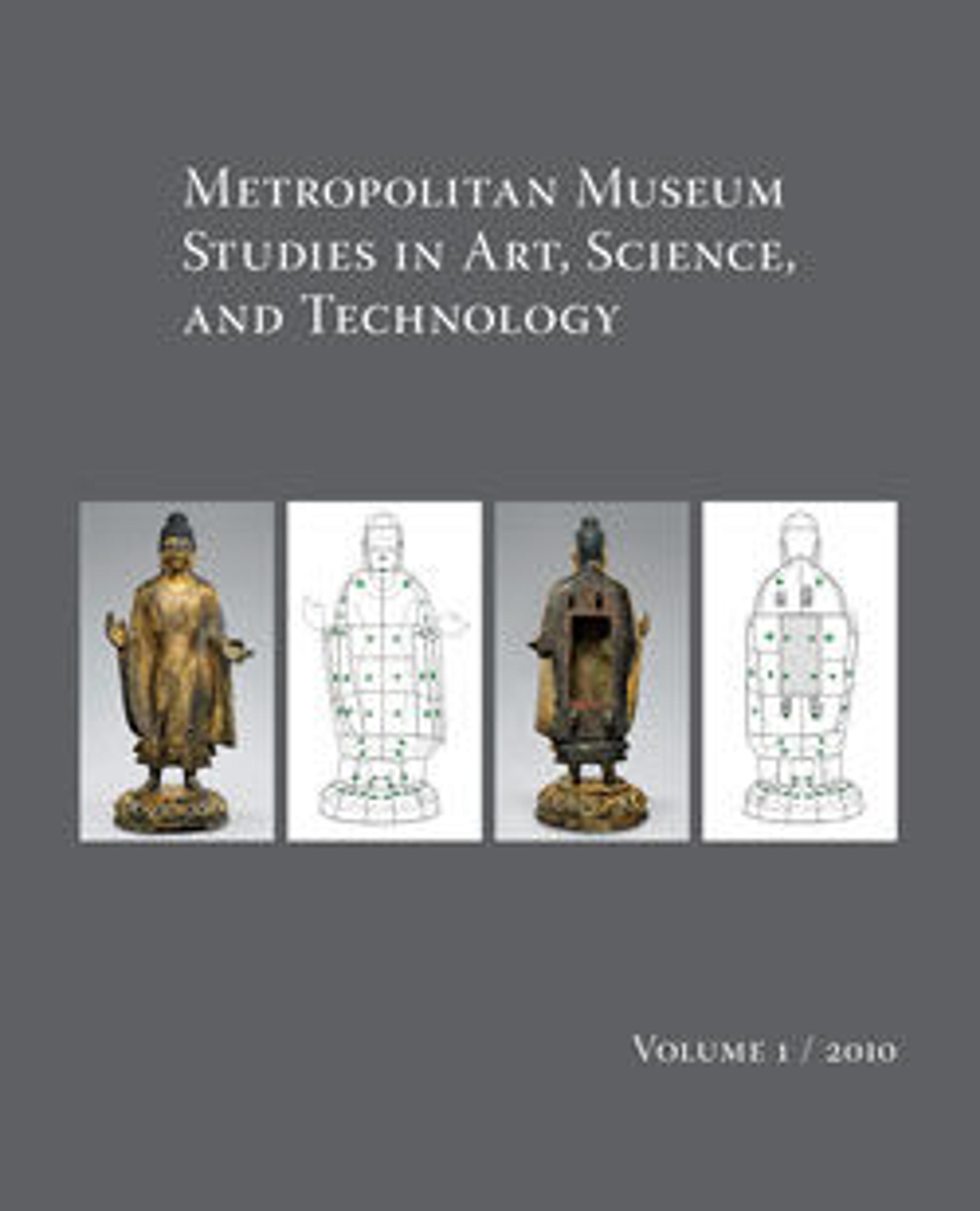Mosque Lamp of Amir Ahmad al-Mihmandar
Artwork Details
- Title:Mosque Lamp of Amir Ahmad al-Mihmandar
- Date:ca. 1325
- Geography:Attributed to Egypt or Syria
- Medium:Glass, colorless with brown tinge; blown, folded foot, applied wick holder and handles, enameled and gilded
- Dimensions:H. 10 1/2in. (26.7cm)
Max. Diam. 8 3/16 in. (20.8 cm) - Classification:Glass
- Credit Line:Edward C. Moore Collection, Bequest of Edward C. Moore, 1891
- Object Number:91.1.1534
- Curatorial Department: Islamic Art
Audio
6699. Mosque Lamps, Part 1
ELLEN KENNY: In this case we're looking at a series of what we call mosque lamps. These lamps were generally suspended from the ceiling with long metal chains. And inside they would have been fitted with a saucer that held oil, and water and a floating wick. These would have provided light, but they also would have created… a fabulous atmosphere with all of these dimly lit lamps in rows. There would have been many of them in any one context. Technically, the art of enameled glass is one of the areas… where Mamluk art really excelled. It was quite a feat not only to blow these big forms, but also to decorate them with enamels that needed to be reheated. And not all of the enamels would adhere at the same temperature, so this had to be done over and over depending on how complicated the piece was. So you‘ll see a sort of progression. In some of the later pieces you can see… more ambitious designs. Mosque lamps are a really good place for us to see calligraphic decoration really coming to the forefront. And very often they contain a particular verse from the Qur'an, that we call the Light Verse. And this is a verse which emphasizes the presence of God, and His luminous presence.
NARRATOR: On the necks of most of these lamps you’ll see a roundel with symbols that look like European coats of arms, or heraldry. These are part of the cultural exchange resulting from the Crusades. If you haven’t already heard about the impact of the Crusades, press PLAY. Or, if you’d rather hear about some techniques of Islamic glassmaking, press number 6737. Look about as you listen.
Listen to more about this artwork
More Artwork
Research Resources
The Met provides unparalleled resources for research and welcomes an international community of students and scholars. The Met's Open Access API is where creators and researchers can connect to the The Met collection. Open Access data and public domain images are available for unrestricted commercial and noncommercial use without permission or fee.
To request images under copyright and other restrictions, please use this Image Request form.
Feedback
We continue to research and examine historical and cultural context for objects in The Met collection. If you have comments or questions about this object record, please contact us using the form below. The Museum looks forward to receiving your comments.
